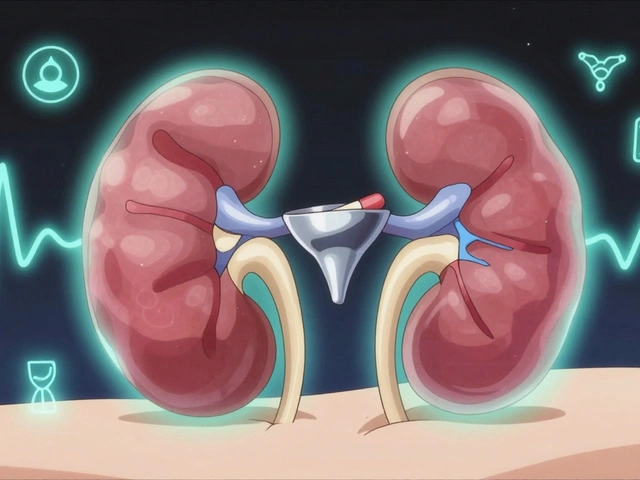Transportation & Travel Health: Meds, Shipping, and Safety
Travel changes routines fast. Missing a dose, exposing medicine to heat, or getting stopped at customs can turn a trip into a health headache. This page gives clear, useful steps you can use right now to keep your meds safe while you travel or ship prescriptions across borders.
Packing and carrying medication
Always carry prescription drugs in your carry-on, not checked luggage. Keep them in the original labeled bottle so security and customs can see what they are. Bring a copy of the prescription and a short note from your doctor explaining medical need for any controlled or injectable meds.
Plan for timing changes: set alarms, use a pill organizer, and write dosage times in the local time zone. If you cross time zones, talk to your pharmacist or doctor ahead of time about how to adjust your schedule.
Temperature matters. Many pills are stable at room temperature, but some — like insulin or certain biologics — need refrigeration or a cold pack. Use an insulated travel case with a thermometer if you need to keep meds cool. Never leave meds in a hot car or exposed to direct sun.
Shipping prescriptions and crossing borders
Shipping meds? Pick a reputable courier, get tracking, and require a signature on delivery for controlled or expensive items. For temperature-sensitive packages, use validated cold-chain packaging and confirm transit times so the product stays within the recommended range.
Buying medication online from another country can save money, but it carries risk. Use licensed pharmacies with a real address and pharmacist contact. Check for clear return policies, verified customer reviews, and secure payment. Avoid sites that sell controlled substances without a prescription.
Customs and import rules vary. Some countries ban specific drugs or limit quantities. Before you travel or ship, check the destination country’s official customs or health ministry website. If unsure, ask your embassy or your prescribing clinician.
Needles and sharps have extra rules. Carry a doctor’s note, keep sharps in an approved container, and check carrier policies for air travel. Many airports allow medical syringes if you declare them and show documentation.
Short checklist to follow now: carry meds in original bottles, pack a doctor’s note and extra prescriptions, use a small insulated case for temperature-sensitive meds, track shipped orders, and confirm local laws for controlled drugs.
If you have specific needs — biologics, injections, or long-term supplies — contact your pharmacy well before travel. They can help with extra labeling, special packing, or coordinating a timed shipment to your destination. Safe travel starts with a little planning, and these steps will keep your meds working while you’re on the move.
The impact of ride-sharing services on traffic congestion
As a frequent traveler, I've noticed the impact ride-sharing services have on traffic congestion. It seems that these services, like Uber and Lyft, have actually contributed to an increase in traffic in some major cities. While they were initially thought to reduce congestion by encouraging carpooling, studies show that they're mostly replacing public transportation, biking, and walking trips. Additionally, many drivers spend time circling around while waiting for ride requests, adding to the congestion. It's clear that while ride-sharing has its benefits, it also has its drawbacks when it comes to traffic.






